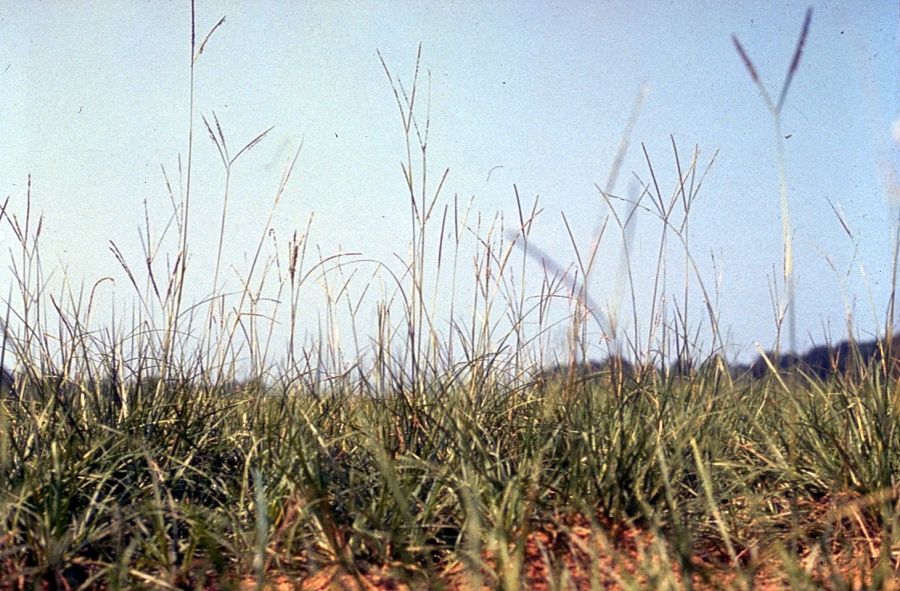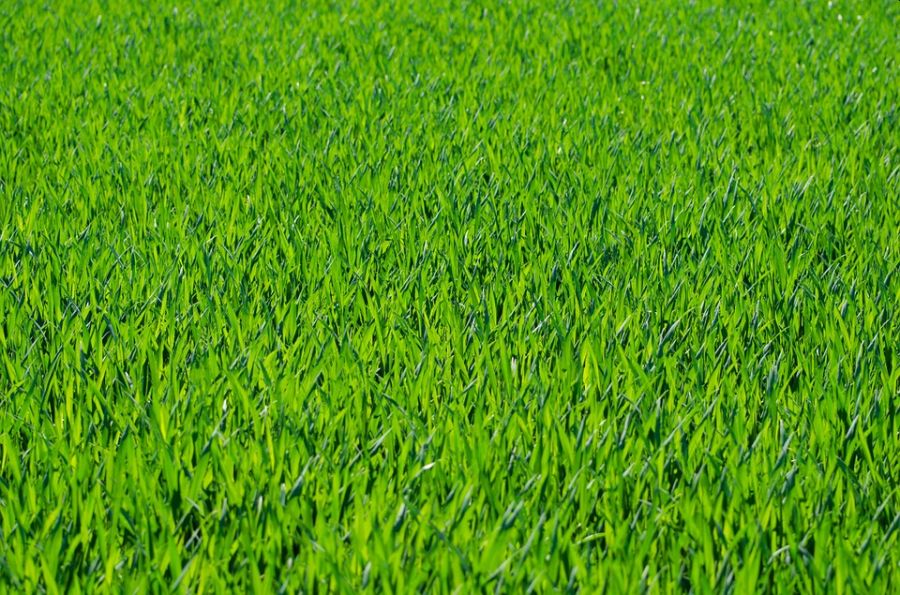Everyone loves a lush green lawn outside their homes or in their backyard; a grass lawn gives your space a fresh and more open feel to it. Choosing between different turfs and grasses can be difficult if you do not have the right amount of knowledge for these things. People avoid natural grass just because of its maintenance, but we can assure you that not all grass lawns require super-high maintenance.
If you are looking for the perfect grass for Deep South or Gulf Coast lawns, keep reading. This article discusses all things about bahiagrass and how to care for it.
Introduction to Bahiagrass
Bahiagrass is a warm-season perennial grass, and it requires full sun for maximum growth. It originally is of Brazilian descend and was brought to the United States in 1914. The distinct character of bahiagrass is its amazing drought and heat tolerance. It can survive in harsh conditions and thrives in climates where many blades of grass fail. Bahiagrass is mainly found in the southeastern region of the United States.
Bahiagrass is extensively used for agricultural purposes, mainly for the conservation of crops and the prevention of erosion. The best time for its growth is during late spring to hot summers. When provided with proper environment and care, this grass maintains itself for a very long time. In a few simple words, bahiagrass is an extremely durable and low-maintenance grass.
Its texture is coarser than many cool-season kinds of grass, making it tougher and long-lasting. It can also tolerate shade and poorly drained soils better than bermudagrass. Moreover, bahiagrass comes in many varieties; some are separated for lawn use, and others for agricultural use. It is popularly used from Florida to the extending coastal regions.
One of its variety, called the Pensacola bahiagrass, has all the basic bahiagrass qualities, alongside many others. It is more durable and dense and requires even lesser maintenance. It can also tolerate cold and maintains a greater turf quality throughout the cold-season. Another variety called the Argentina bahiagrass has a deeper green color and finer leaf blades, along with low growth.
Identification Characteristics of Bahiagrass
Bahiagrass is extremely resilient and the best choice for many soil types. The few exceptional properties that give it its distinct characteristics are the deep root system and its different varieties. It consists of a naturally occurring deep root system, which makes it drought-tolerant to a great extent. It can even manage to survive in sandy soils.
Bahiagrass’ seed germinates slowly, but it grows well and lasts a very long time. It has an open growth habitat and spreads far and wide. Furthermore, it is vulnerable to weed when in growing stages, but it gets better with time. The short growth period allows the stolons to stay low initially and develop a deep root system.
Despite the short growth, it forms a dense and resistant turf, which can also be used as a multi-purpose turf. Bahiagrass stays green only during active growth, and extended periods of drought can cause dormancy. It turns into a tan or dark brown color, yet it can withstand harsh conditions and quickly return to its original state. Therefore, we can say that bahiagrass is best for large and less-maintained areas.
In short, it turns brown during winters but gets back to its original state quickly. Suppose you want the grass to stay green in cold weather as well. In that case, bahiagrass can be overseeded in autumn with Ryegrass to maintain its color.
Planting Bahiagrass
Bahiagrass is planted by a seed of sod from Paspalum notatum. The quality and purity of the seed is crucial and requires extensive knowledge of the plant. For accelerated growth, the best season for seeding bahiagrass is spring. It is important not to plant too many seeds because it would result in a weak spread of grass. The varieties of Pensacola bahiagrass and Argentina bahiagrass are great choices; they possess unique characters like deeper color and fine texture.
Bahiagrass does not need to be watered every day; it can be watered once a week up to once inch. During the growth period, the soil is submerged in eight inches of water.
Advantages and Disadvantages of Bahiagrass
When compared to other popular types of grass, bahiagrass is a very strong rival to them. It has innumerable advantages from its deep root system and pest resistance to its drought-resistant properties. It is one of the best options available for people living in mild-winter regions.
Bahiagrass might seem perfect for your lawn needs, but there is so much more to it than just being warm-season grass. Besides the extraordinary qualities and advantages of bahiagrass discussed in the article, there are few reasons why you should avoid using it for your lawn. The disadvantages of bahiagrass are as follows.
- The biggest downfall of this grass is that it is not as lush green as other grass types unless you are using a specific variety.
- Bahiagrass starts forming large seed heads in fall. This makes it appear weed-like and is very hard to mow evenly.
- Bahiagrass does not perform well in high pH soils. It tends to show sparse and coarse growth.
- It is necessary to take a soil test before considering using bahiagrass for your outer space.
Caring Tips for Bahiagrass
Bahiagrass is an ideal grass for many conditions. It can be considered for warm areas and is easy to maintain. It forms a very thick turf and is ideal for garden landscaping. Bahiagrass has numerous amazing characteristics and is very reliable for several uses. Although it is a low maintenance grass, it still requires some care and attention, which are as follows:
- You need to have a sharp lawnmower. Bahiagrass does not grow to a long height, which is why a blunt blade can tear it. Mowing it once a month with a sharp mower is enough for its maintenance. The goal height of bahiagrass is three or four inches.
- Sometimes more mowing is required to eliminate sharp v-shaped edges.
- This grass suffers from iron deficiency very often. Turning pale yellow indicated iron deficiency. Keep using iron supplements to keep the lawn healthy.
- The best fertilizer for bahiagrass is one that has high amounts of iron. During the growth season, fertilizer should be applied two to four times yearly.
- Bahiagrass grows best in poor nutrient and sandy soils. The soil needs to be at a pH of 5.5 to 6.5.
- Well-developed bahiagrass lawns need limited irrigation and fertilizers, as it is prone to most diseases and pests.
- Do not overwater the grass, as it can result in weak grass and weed production.
- The best way to maintain it is to keep track of the supplies used and keep everything moderate.
Bahiagrass – A Low Maintenance Choice
It is necessary to use good quality products and expert advice while developing a lawn. Bahiagrass may be low maintenance, but it requires some amount of attention and care. It is necessary to go through all the information mentioned in the article before considering bahiagrass as an option. The best way to ensure this grass’s proper growth is by considering the weather, which should be warm, and soil pH ranging from 4.5 to 6.5.




